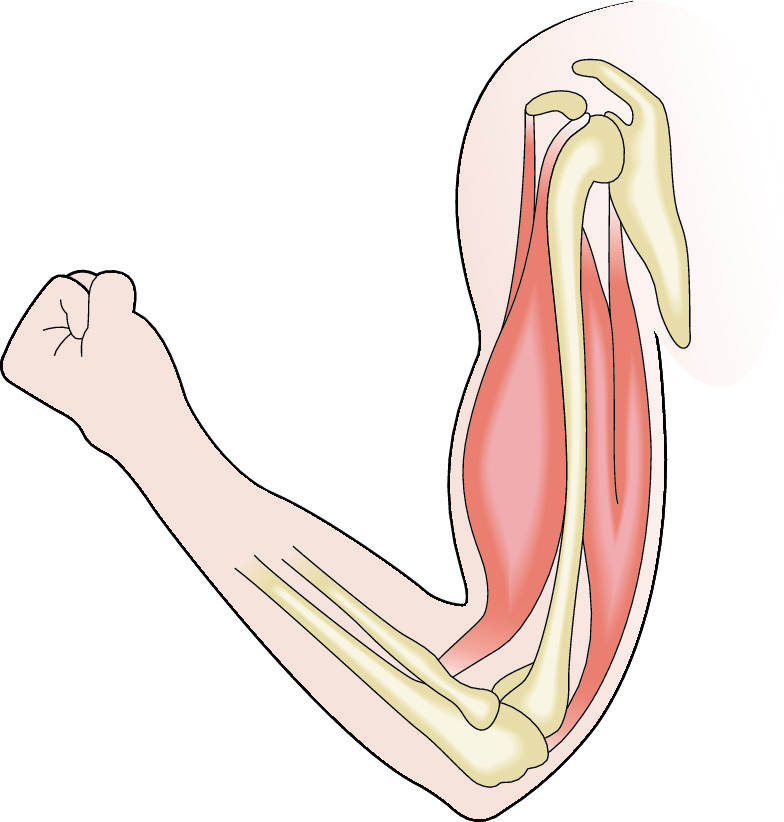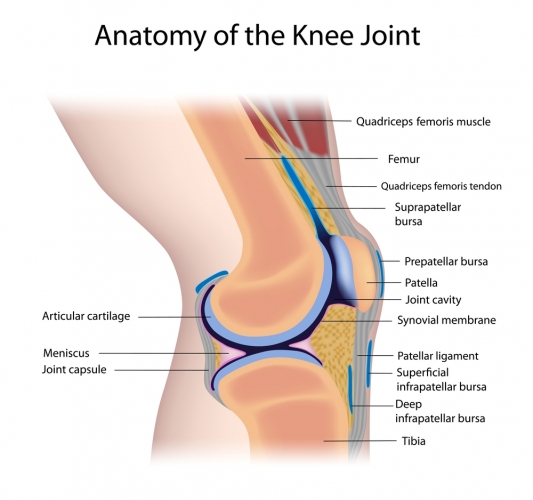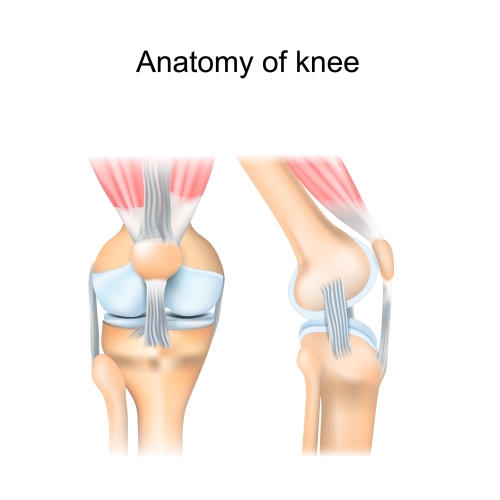Did you know the smallest muscle in the human body is only 1 mm long?!
It's called the stapedius muscle and found in the ear and its job is to support the tiny bones in the ear.
.jpg)
Muscle cells are specialised cells and they work together to form muscle tissue. Muscles work really hard and in order to do their job they have certain adaptations, for example they have lots of mitochondria. Mitochondria is an organelle where energy is produced from respiration. Muscles also have a good supply of blood. Blood carries oxygen which is also needed for respiration, along with glucose from our food to produce energy.
Why do muscles need so much energy? So they can contract (shorten/tighten). This allows them to pull on bones to allow movement.

Skeletal muscles are the main group of muscle found in the body. In order to do their job they need to be attached to the skeleton, they do this through the use of tendons. Tendons are strong cord-like tissue that attach muscles to the bone; the muscle isn't directly attached to the bone.
We can see from the image above that when a muscle contracts, it gets shorter and thicker and ends up pulling on a tendon which in turn pulls on the bone it's attached to, making it move. A force is produced by the muscle (you may remember from your physics lessons that forces are measured in Newtons). This force is transferred to the tendon. When muscles stop contracting, they relax. This means no force is produced.
Ligaments, like tendons, are also made of very strong bands of tough tissue. They help to connect bones to other bones and allow movement at the joints. Ligaments are elastic, however they restrict too much movement so we don't end up dislocating our joints. Pretty clever!


The knee has ligaments and a tendon attached to the knee cap (patella). Can you spot it in the images above?
This interaction between muscles and bones in the body is known as biomechanics.
In this activity, we're going to describe tendons and ligaments.








